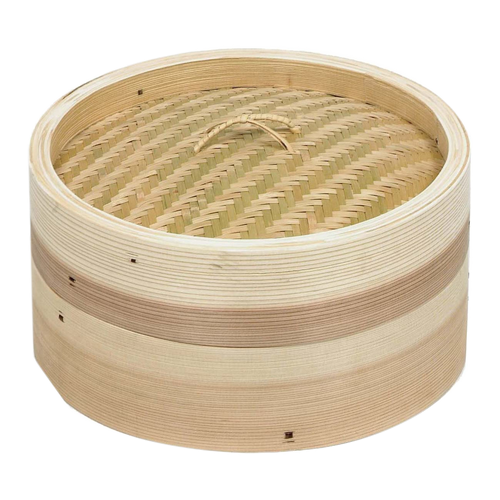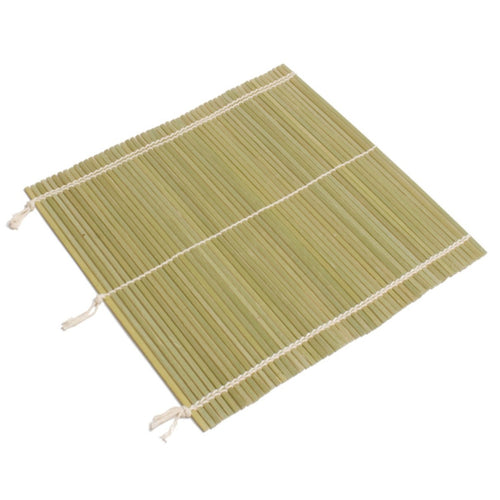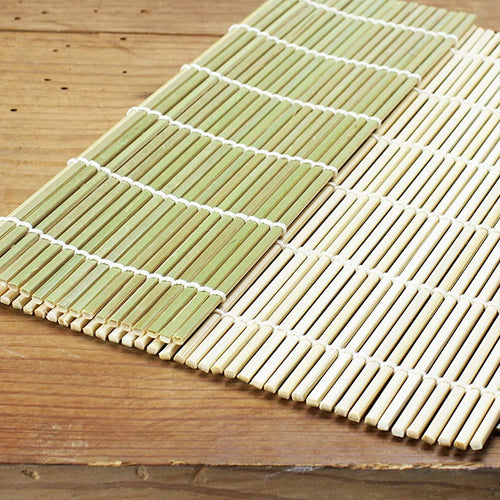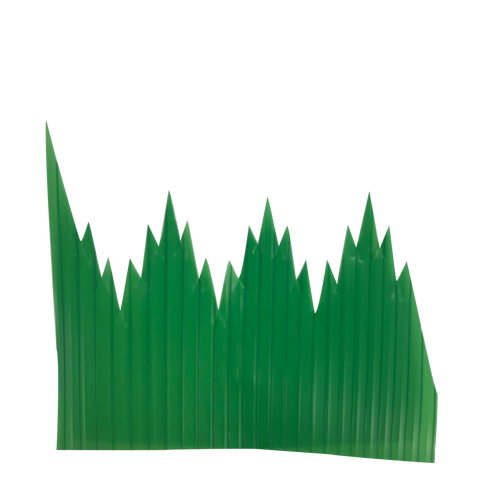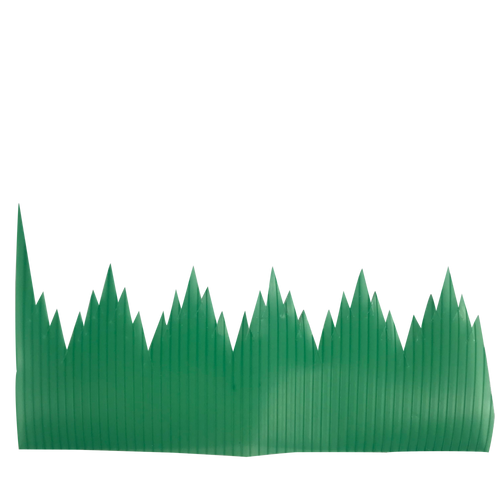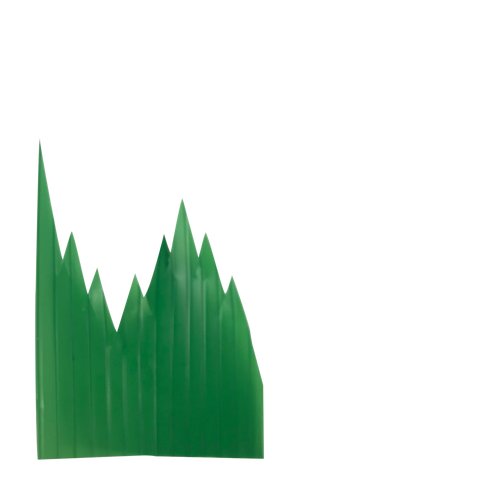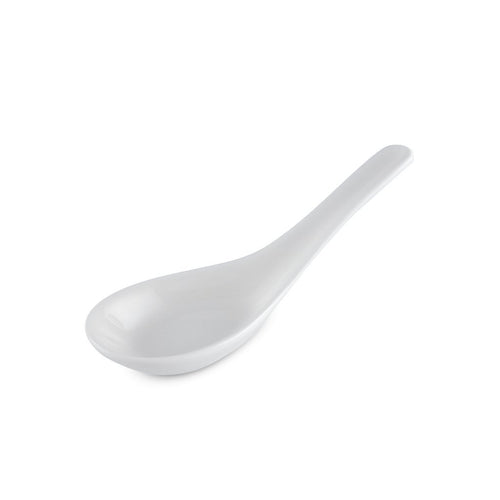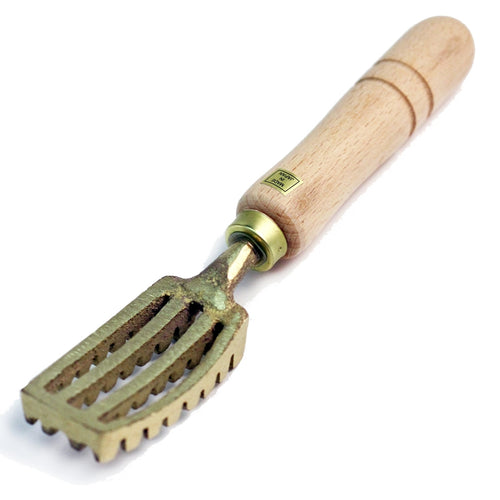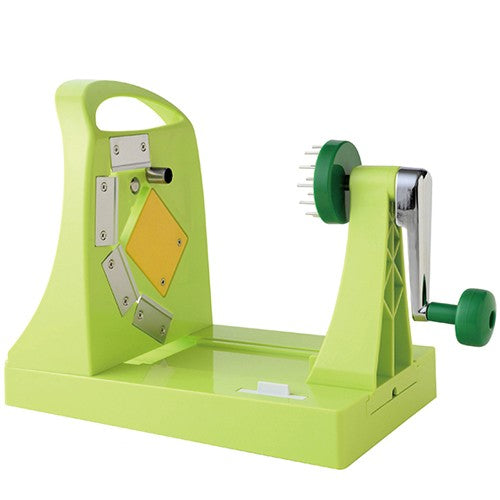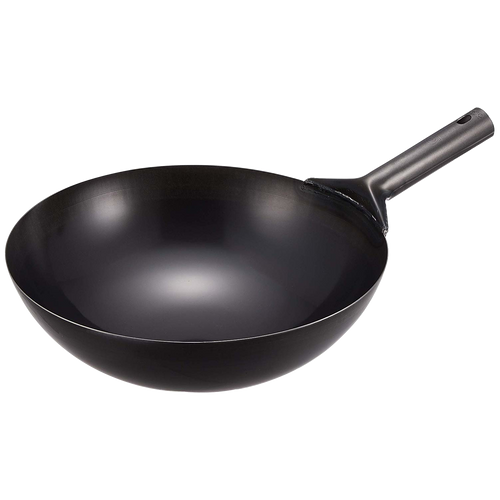Bamboo Steamer Seiro Lid
$4.00
BAMBOO TSUKUNE MAKER
$16.00
Baran Decorative Plastic Grass Divider/Separator
Out of stock
Baran Decorative Plastic Grass Divider/Separator
Out of stock
Sale!
Baran Decorative Plastic Grass Divider/Separator
Bone China Range Spoon White I005
Out of stock
Sale!
Brass Fish Scaler 180mm w/ Brass Handle (Uroko-tori)
Sale!
Sale!
Cast Iron Mandarin Wok
Out of stock
Ceramic Dobin Mushi Pot Matsuba DE-1
Out of stock
Ceramic Plate - Large
$3.00
Ceramic Plate - Small
$2.00

